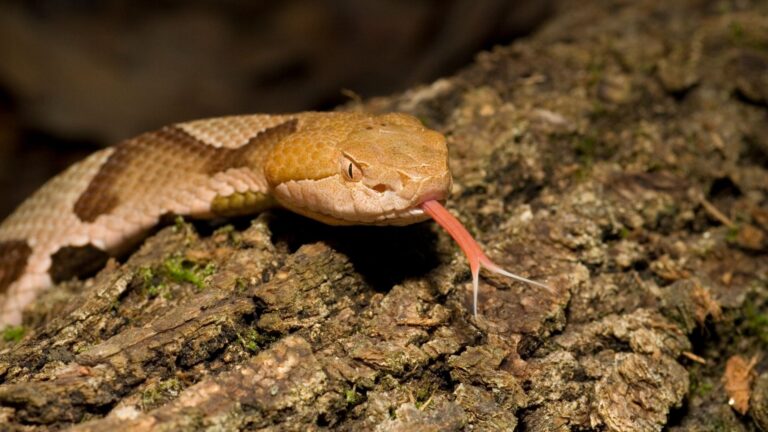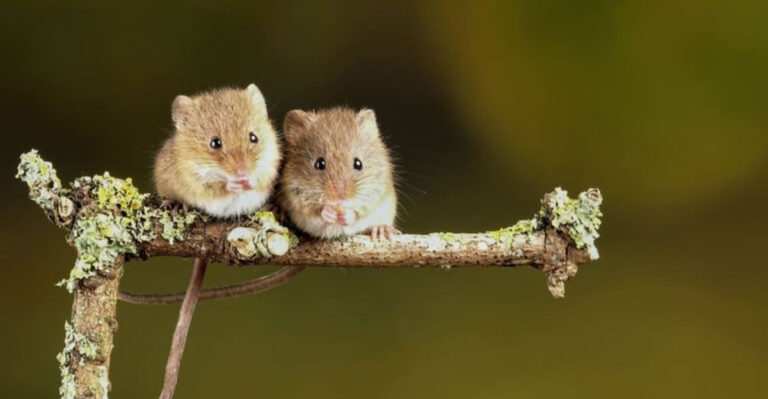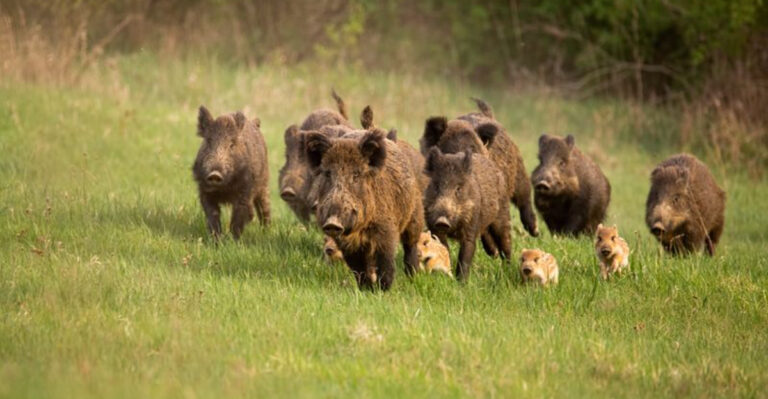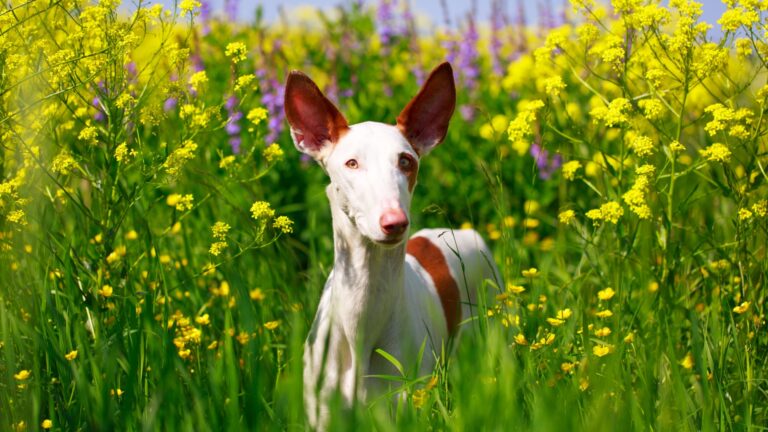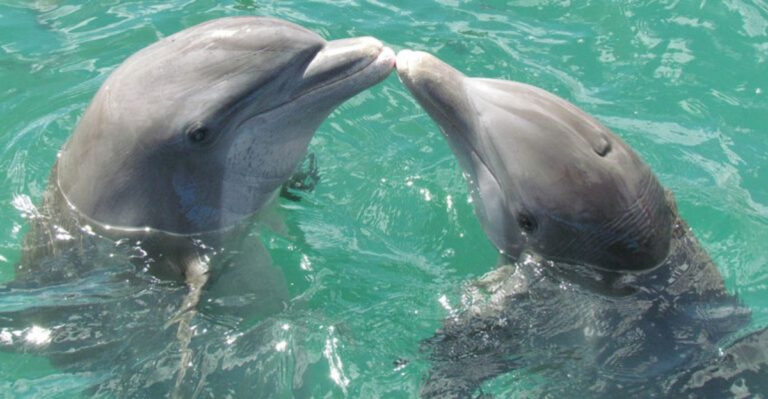17 Key Species We Can’t Afford To Lose
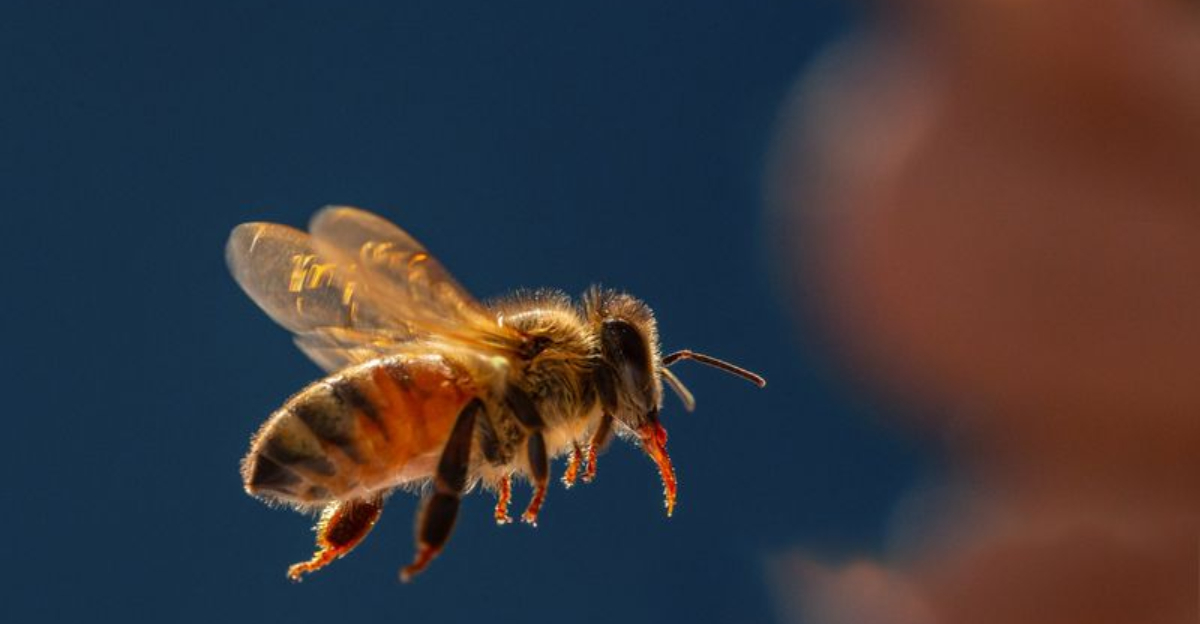
Our planet’s biodiversity is under constant threat, and some species are on the brink of extinction. These key species play crucial roles in maintaining ecological balance, from pollination to regulating ecosystems.
Losing them could have devastating ripple effects on the environment, agriculture, and even human survival. Yet, many of these species are fighting to hold on, facing habitat loss, climate change, and poaching.
1. Snow Leopard
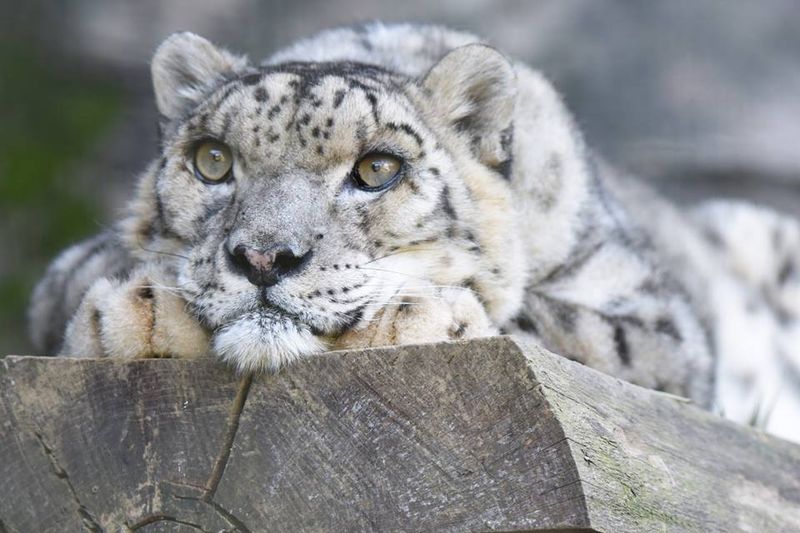
High in the rugged mountains of Central Asia, the elusive snow leopard prowls silently. Known for their striking appearance and incredible agility, these cats are perfectly adapted to steep terrains.
As top predators, they play a key role in controlling herbivore populations, thus maintaining the balance of their ecosystem. Human encroachment and poaching have put them at risk.
Efforts to conserve their habitat and reduce human-wildlife conflict are crucial. Celebrated as a symbol of wilderness, their survival signifies hope for mountain ecosystems.
2. Axolotl
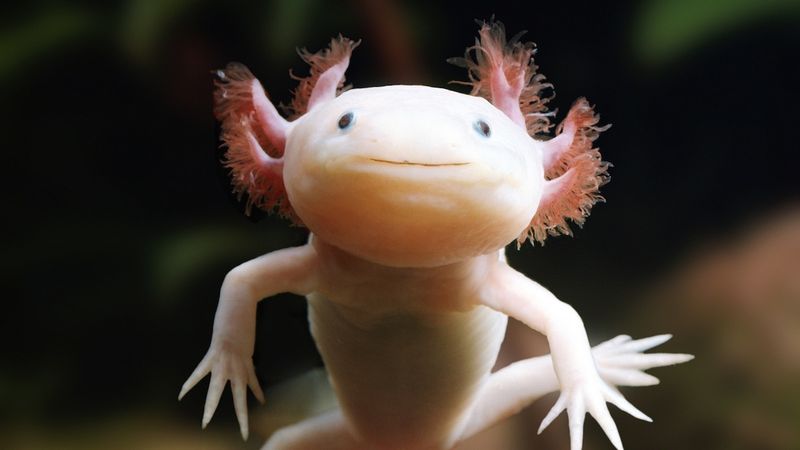
With a smile that never fades, the axolotl captivates all who encounter it. Known for its remarkable regenerative abilities, this amphibian can regrow lost limbs, making it a subject of scientific interest. Unfortunately, urbanization and pollution threaten its native habitat in Mexico.
Beyond its charm, the axolotl plays a key role in its aquatic ecosystem. It helps control insect populations, which is crucial for maintaining water quality. Protecting this species means preserving both scientific curiosity and ecological balance.
Did you know? The axolotl is often called the ‘Mexican walking fish,’ though it’s not a fish at all, but an amphibian closely related to the tiger salamander.
3. Bee
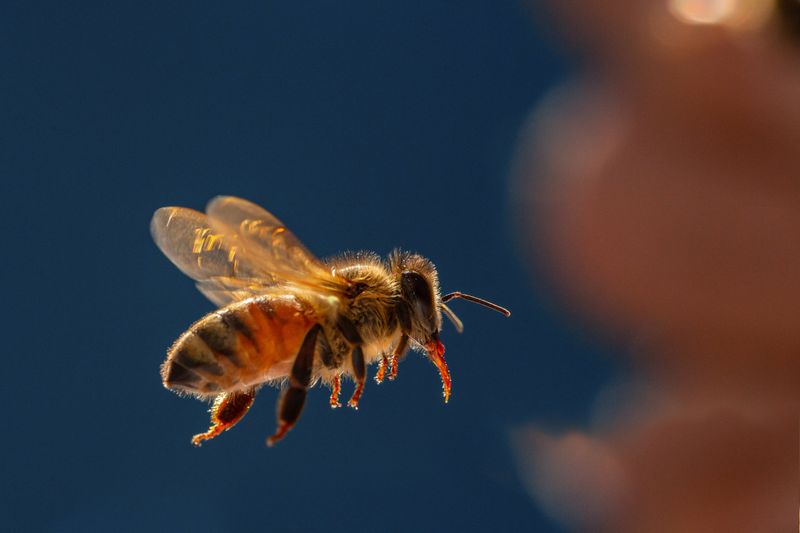
Buzzing through fields and gardens, bees are the unsung heroes of agriculture. Without their tireless pollination, many of our favorite fruits and vegetables would struggle to reproduce. Can you imagine a world without apples or almonds? It’s not just food; bees also contribute to the biodiversity of our planet.
The decline in bee populations is alarming. Pesticides, habitat loss, and climate change are significant threats. Protecting bees isn’t just about saving a species; it’s about preserving an entire ecosystem. By planting bee-friendly flowers and reducing pesticide use, we can all play a part in their conservation.
Supporting local beekeepers and educating others on the importance of bees can make a difference. After all, a world buzzing with bees is a world full of life, color, and vitality.
4. Amur Leopard
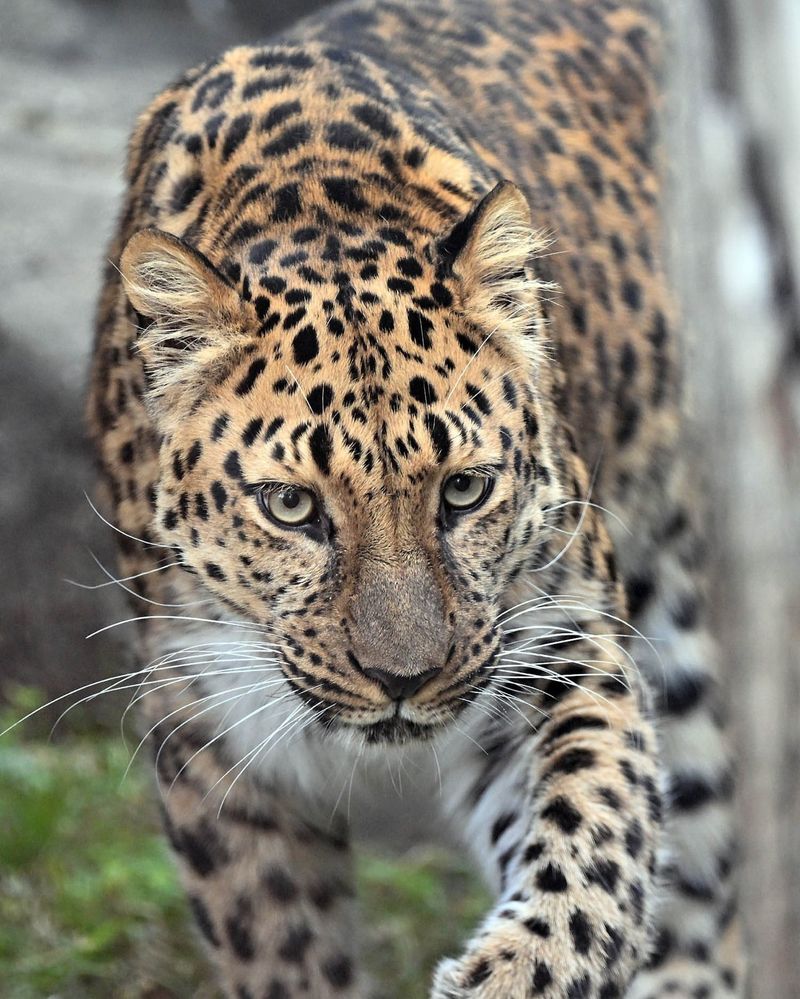
Few creatures embody the mystery and allure of the wild like the Amur Leopard. These elusive cats roam the forests of Eastern Russia, their spotted coats a perfect camouflage against the snow-laden terrain. But their beauty masks a grim reality: they are one of the world’s most endangered big cats.
With only about 100 individuals remaining in the wild, habitat destruction and poaching pose severe threats. The loss of the Amur Leopard would be a loss for biodiversity, affecting the balance in their ecosystem. Conservation efforts are crucial, involving anti-poaching measures and habitat restoration.
Raising awareness about the Amur Leopard’s plight is vital. Supporting conservation organizations can help ensure that future generations may still catch a glimpse of this magnificent predator in its natural habitat.
5. Sea Turtle
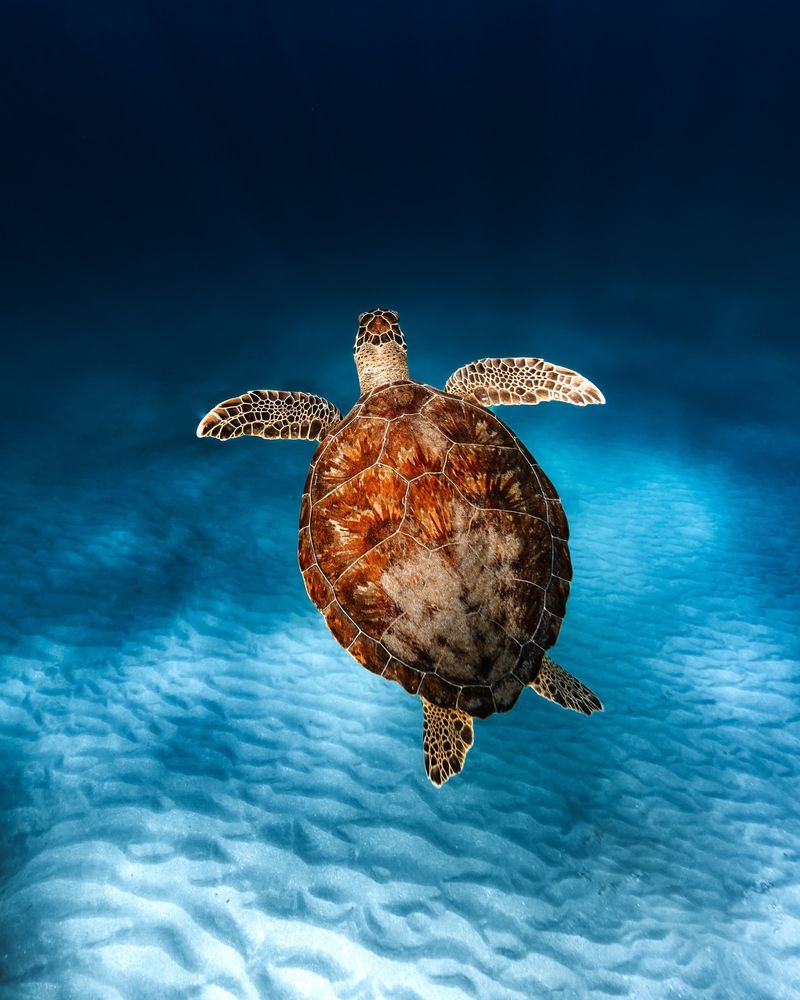
In the azure depths of the ocean, sea turtles glide gracefully, embodying endurance and tranquility. These ancient mariners have existed for over 100 million years, yet now face unprecedented challenges. From tangled fishing nets to plastic pollution, their journey is fraught with peril.
Sea turtles are essential for maintaining healthy seagrass beds and coral reefs, which support countless marine species. Their decline would ripple through the marine ecosystem, leading to further imbalances. Conservation efforts focus on protecting nesting sites and reducing bycatch in fisheries.
Simple actions, like reducing plastic waste and supporting marine conservation programs, can make a big difference. Ensuring these gentle giants continue to roam the seas is vital for a thriving ocean ecosystem.
6. Orangutan
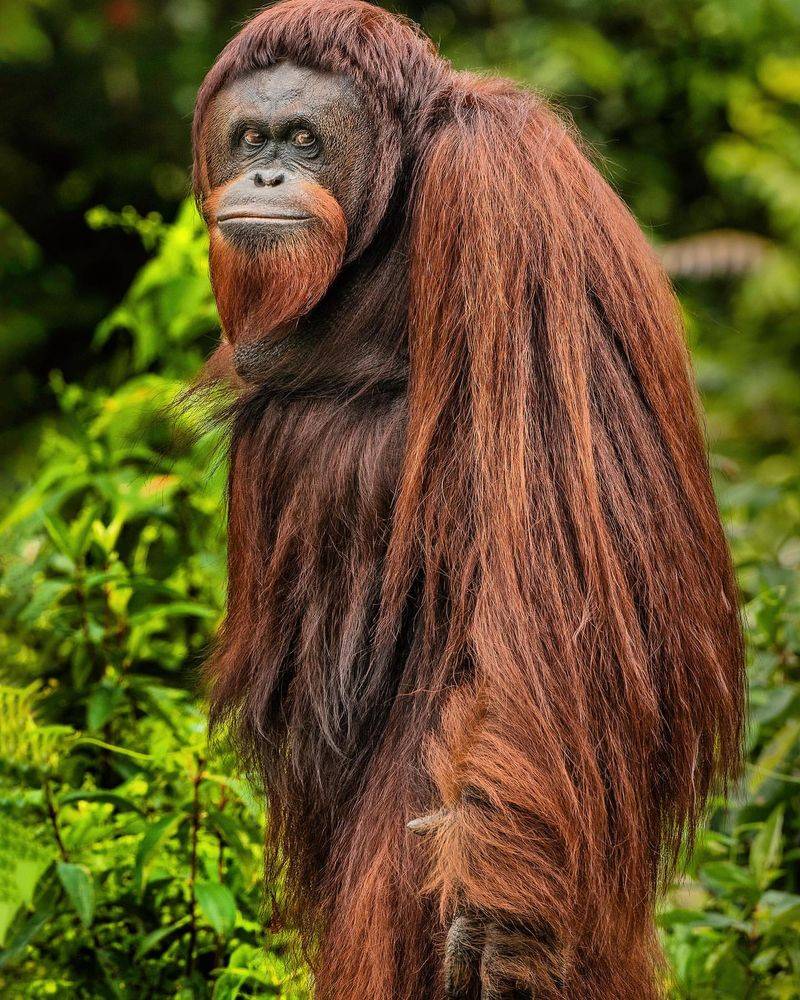
Swinging through the lush canopies of Borneo and Sumatra, orangutans captivate with their intelligence and gentle demeanor. These “people of the forest” share 97% of their DNA with humans, making their plight all the more poignant. Deforestation and illegal wildlife trade are their biggest adversaries.
Orangutans play a crucial role in seed dispersal, aiding in forest regeneration. Their disappearance would hinder these ecosystems’ ability to rejuvenate and thrive. Rescue and rehabilitation centers work tirelessly to save orphaned orangutans and restore their habitats.
By supporting sustainable palm oil and being mindful consumers, we can contribute to orangutan conservation. Our small choices can add up to a big impact, helping to ensure these incredible apes remain guardians of their jungle homes.
7. Asian Elephant
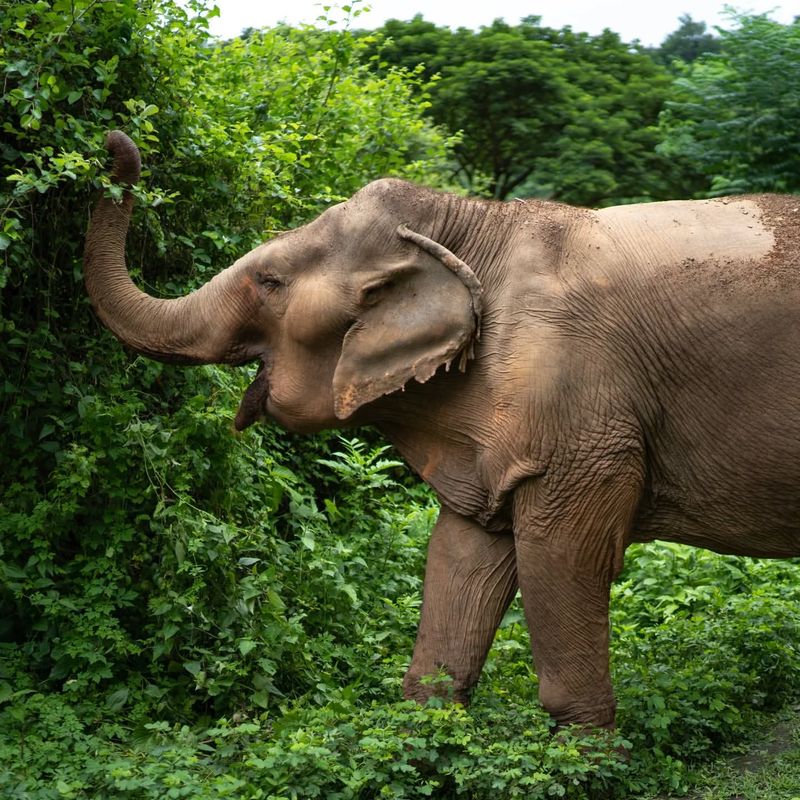
Majestic and wise, the Asian Elephant roams the forests of India and Southeast Asia. As keystone species, they shape their environment in profound ways, from creating water holes to dispersing seeds. Yet, they face threats from habitat fragmentation and human-wildlife conflict.
The loss of Asian Elephants would have drastic ecological repercussions, affecting numerous other species that rely on the habitats they maintain. Conservation initiatives focus on creating wildlife corridors and reducing conflicts with human activities.
By supporting elephant-friendly tourism and conservation programs, we can help secure a future where humans and elephants coexist. After all, an ecosystem with elephants is one that thrives with diversity and life.
8. Vaquita
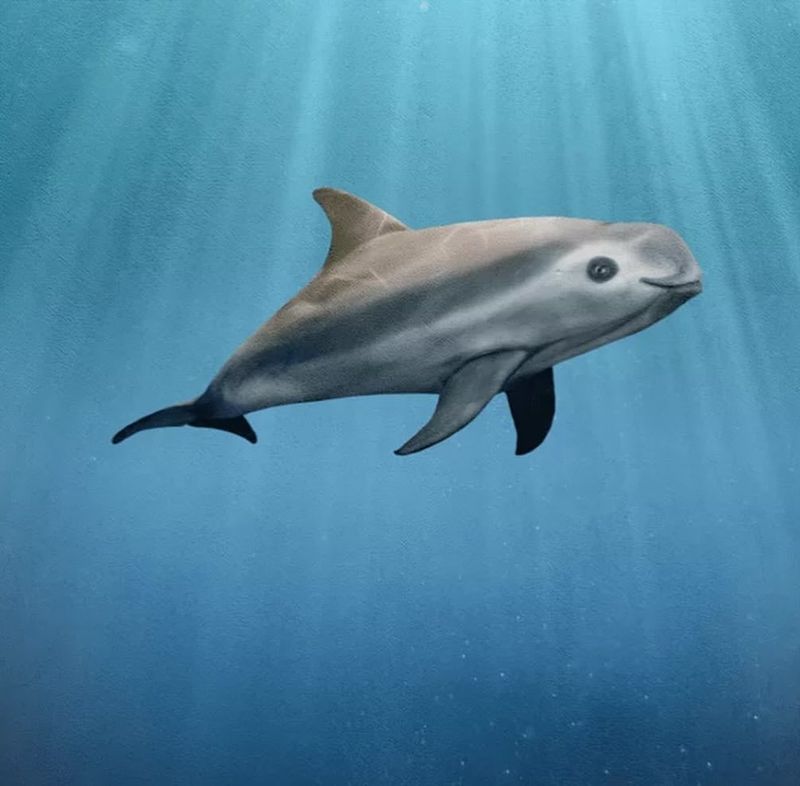
In the warm waters of the Gulf of California, the vaquita, the world’s smallest porpoise, faces a grave threat. With fewer than 10 individuals left, their extinction seems imminent, primarily due to illegal fishing nets. Losing the vaquita would symbolize a failure in marine conservation efforts.
Vaquitas are an integral part of their marine ecosystem, and their loss would affect predator-prey dynamics. Efforts to save them involve removing illegal nets and enforcing fishing regulations. The battle to save the vaquita is a race against time.
Raising awareness and supporting organizations dedicated to marine conservation can help. Though the situation is dire, collective action can still make a difference in preserving this unique species.
9. Sumatran Rhino
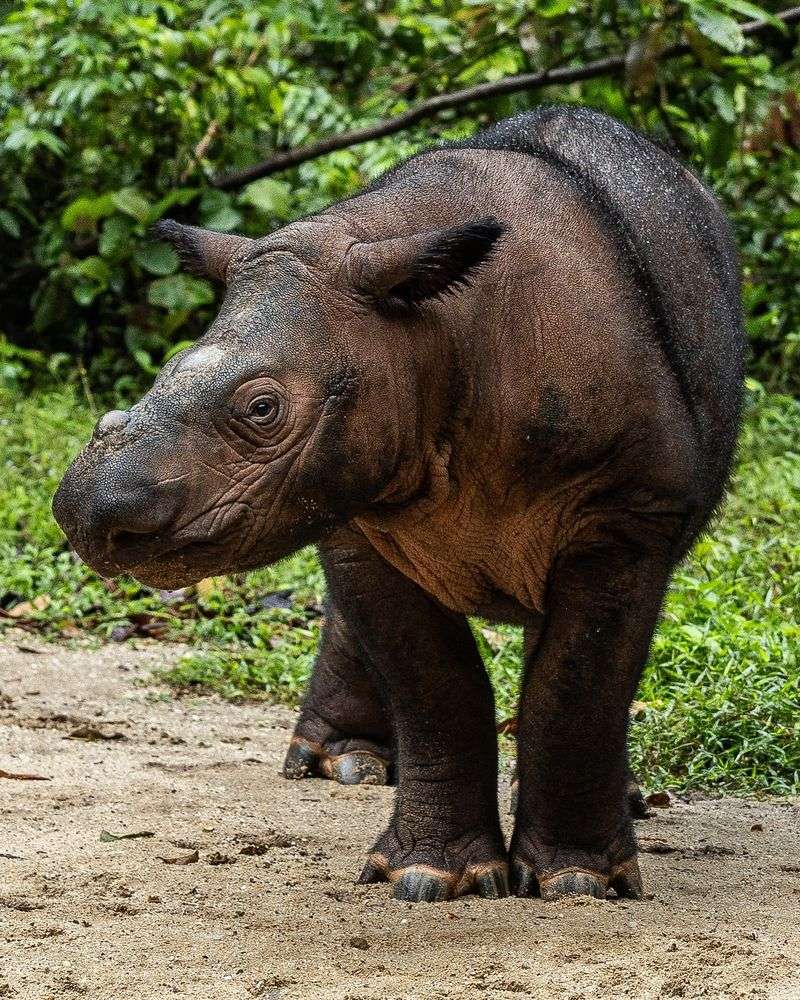
In the dense forests of Indonesia, the Sumatran Rhino trudges through the underbrush, a living relic of a bygone era. With their numbers dwindling below 80, they teeter on the brink of extinction. Habitat loss and poaching are relentless threats to their survival.
These rhinos are key players in their ecosystem, helping to shape vegetation patterns. Their extinction would leave a void, disrupting ecological balance. Conservation efforts aim to protect their habitat and establish breeding programs.
Supporting rhino conservation initiatives and spreading awareness are crucial steps. By valuing and protecting the Sumatran Rhino, we preserve a vital piece of our world’s natural heritage.
10. Hawksbill Turtle
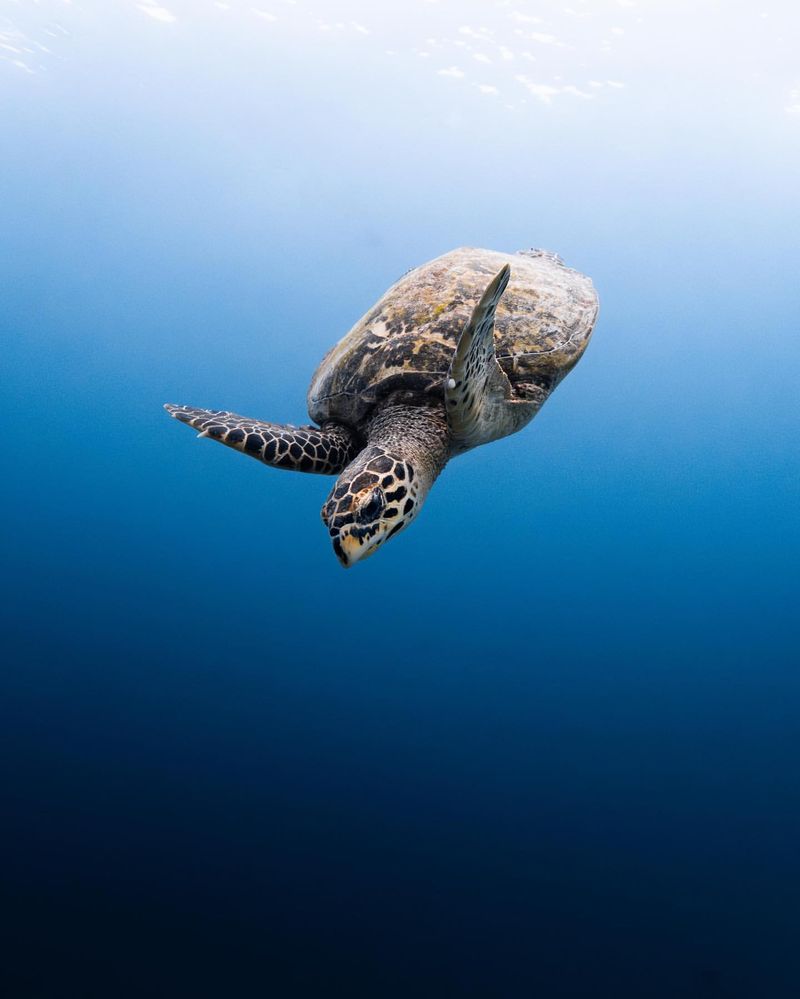
With their striking patterned shells, Hawksbill Turtles are the jewels of the sea. Gliding gracefully through coral reefs, they play a critical role in maintaining the health of these ecosystems. However, illegal trade of their shells and habitat degradation threaten their existence.
The decline of Hawksbill Turtles would lead to overgrown coral reefs, harming countless marine species. Protecting these turtles involves international cooperation to curb illegal trade and protect nesting sites. Every effort counts in safeguarding their future.
By reducing plastic use and supporting conservation programs, individuals can contribute to the survival of Hawksbill Turtles. Together, we can ensure these oceanic gems continue to dazzle for generations to come.
11. Polar Bear
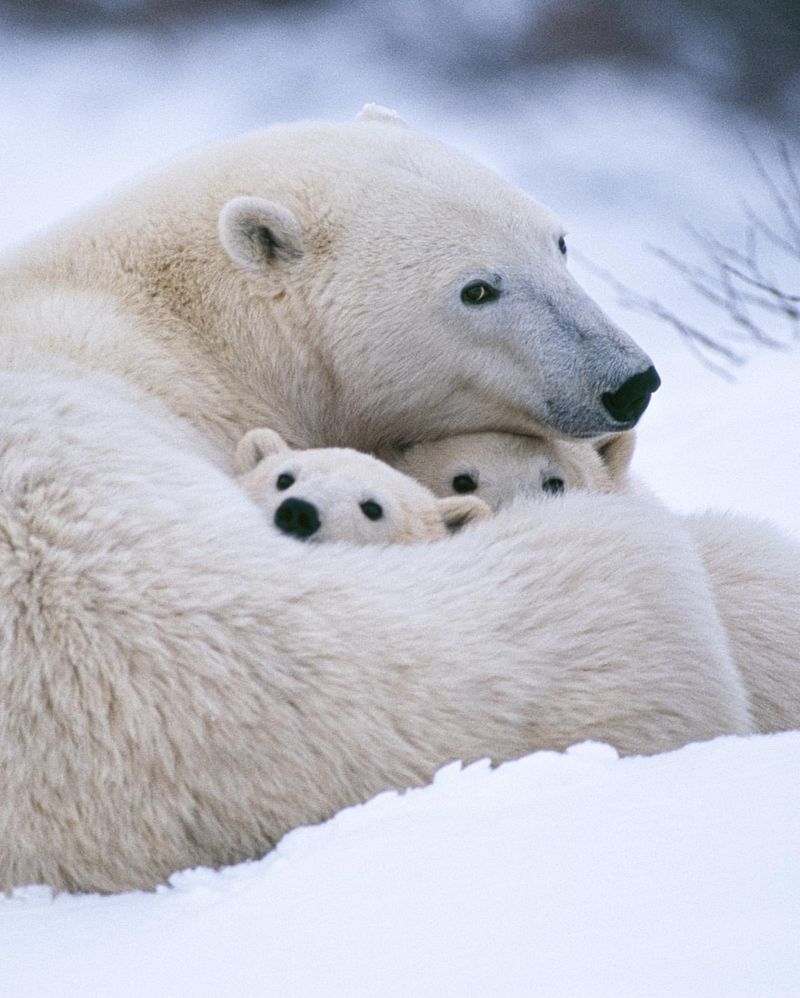
The majestic polar bear, an icon of the Arctic, faces a melting world. As sea ice diminishes due to climate change, these powerful predators struggle to find food and raise their young. Their plight is a stark reminder of the impacts of global warming.
Polar bears play a vital role in the Arctic ecosystem, influencing the populations of seals and other marine life. Their decline would echo throughout the food chain. Efforts to combat climate change and reduce carbon emissions are crucial to their survival.
Supporting policies that address climate change and spreading awareness can aid in polar bear conservation. By protecting polar bears, we also safeguard the fragile Arctic environment they call home.
12. Mountain Gorilla
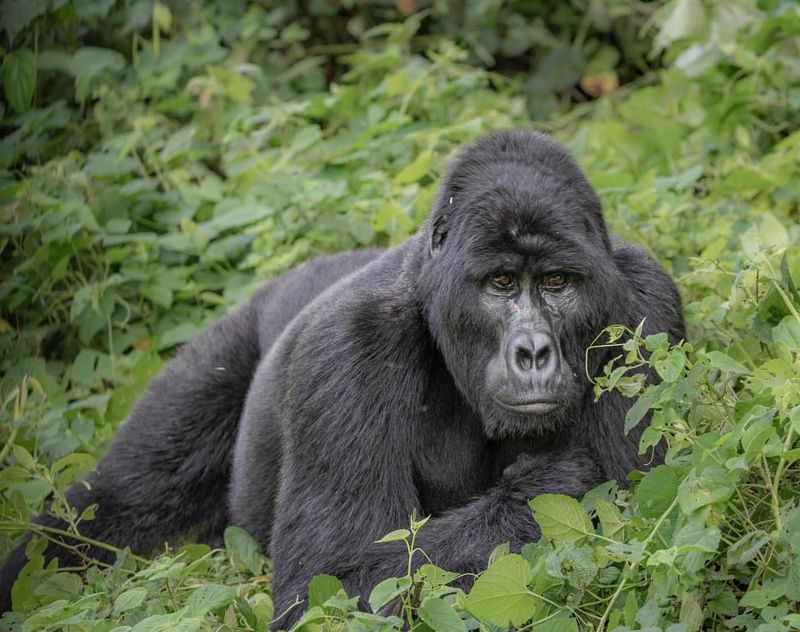
High in the misty Virunga Mountains, mountain gorillas live in close-knit family groups, their interactions a testament to the complexity of primate behavior. These gentle giants face threats from poaching, disease, and habitat loss. Their survival is a beacon of hope for wildlife conservationists.
Mountain gorillas are crucial for forest health, as they aid in seed dispersal and vegetation control. The loss of these primates would significantly alter the ecological dynamics of their habitat. Conservation efforts focus on anti-poaching measures and community engagement.
By supporting eco-tourism and conservation programs, individuals can help ensure that mountain gorillas continue to thrive. Their presence enriches our understanding of the natural world and the importance of preserving it.
13. Monarch Butterfly
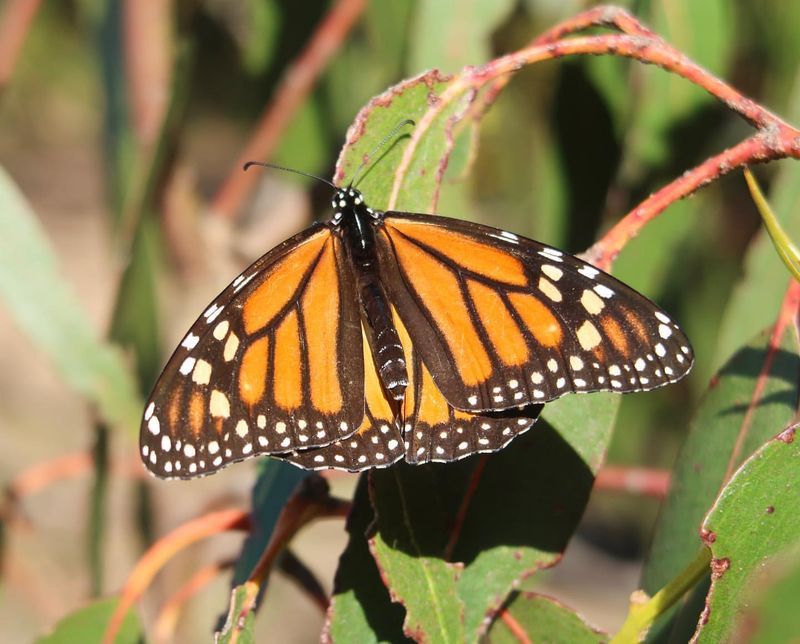
Fluttering across North America, the Monarch Butterfly is a symbol of transformation and resilience. Their epic migration spans thousands of miles, yet habitat loss and climate change threaten their journey. Without milkweed, their sole breeding ground, their lifecycle is disrupted.
Monarchs play a vital role in pollination, contributing to biodiversity. Their decline would impact countless plant species and the animals that rely on them. Conservation efforts include planting milkweed and creating butterfly-friendly habitats.
Individuals can help by cultivating native plants and avoiding pesticides. By fostering environments where Monarchs can thrive, we support their incredible migration and the ecosystems they enrich.
14. Giant Panda
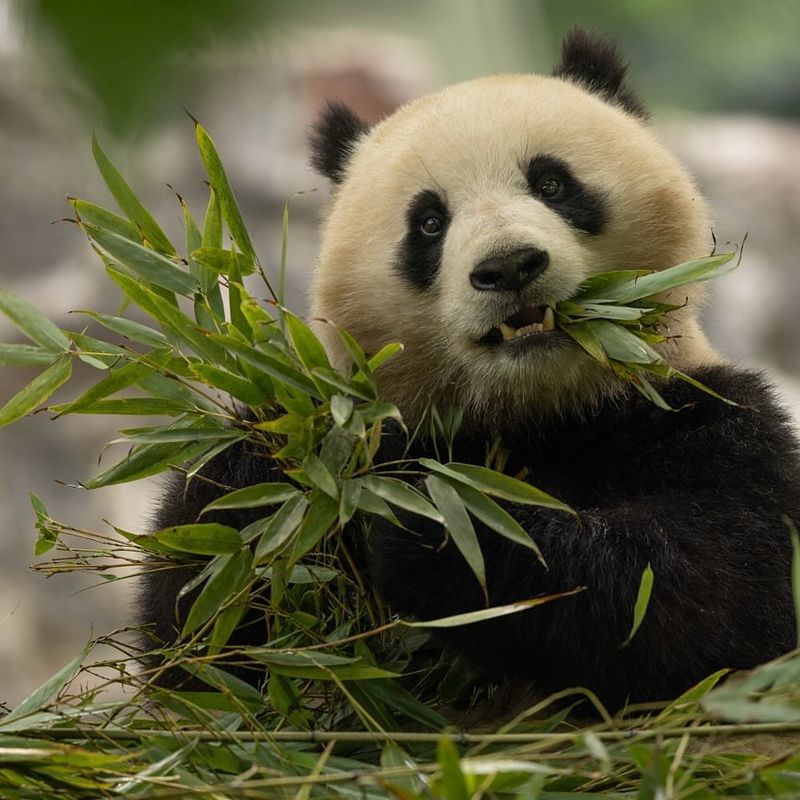
In the bamboo forests of China, the giant panda reigns as a symbol of conservation success. Yet, these gentle giants still face challenges from habitat loss and climate change. Their diet, primarily bamboo, ties their fate closely to the health of their habitat.
Giant pandas are crucial for maintaining the bamboo forests, which support numerous other species. Their decline would affect the entire ecosystem. Conservation efforts focus on habitat preservation and breeding programs to ensure their survival.
Supporting panda conservation initiatives and promoting sustainable forestry practices can help secure a future for these iconic animals. The giant panda’s gentle presence reminds us of the beauty and fragility of nature.
15. North Atlantic Right Whale
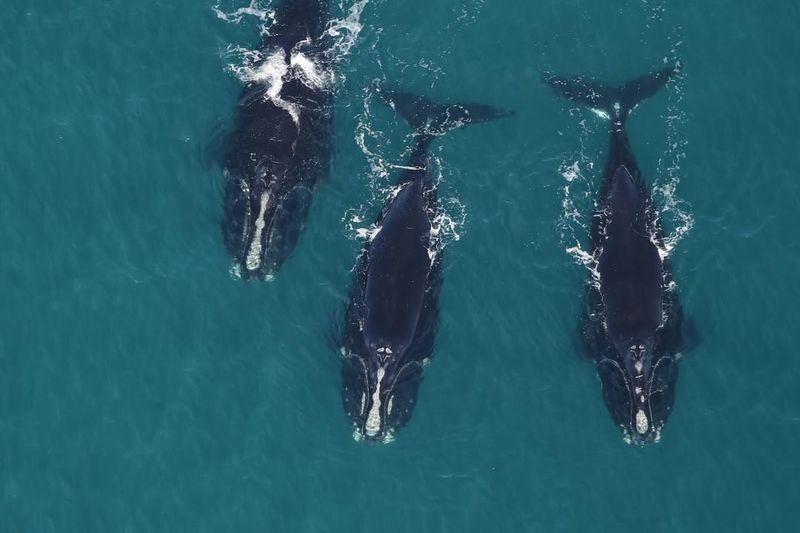
In the vast expanse of the North Atlantic, the Right Whale swims, a majestic behemoth of the sea. With fewer than 400 individuals remaining, they face threats from ship strikes and entanglement in fishing gear. Their survival is crucial for marine biodiversity.
Right Whales play a key role in the ocean ecosystem, contributing to nutrient cycling. Their decline would disrupt the marine food web, affecting countless species. Conservation efforts include modifying shipping lanes and developing whale-safe fishing gear.
Raising awareness and supporting marine conservation policies can aid in their protection. With concerted efforts, we can hope to see these magnificent whales flourish once more in the ocean’s depths.
16. Javan Rhino
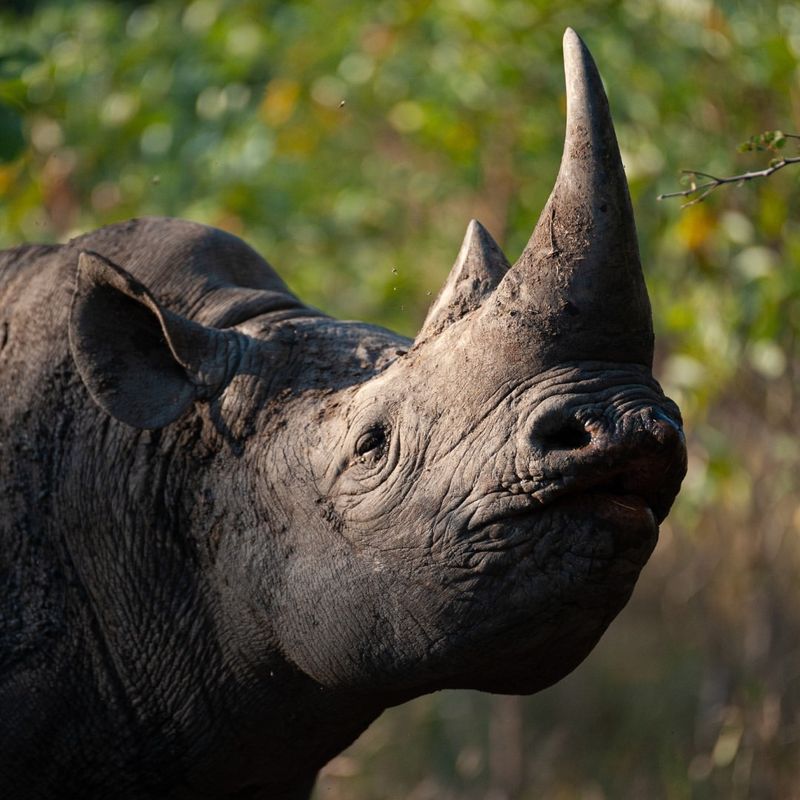
Solitary and elusive, the Javan Rhino makes its home in Indonesia’s dense forests. With fewer than 80 individuals left, they stand as one of the most endangered mammals on Earth. Habitat encroachment and poaching pressure their survival.
Javan Rhinos are vital for maintaining the structure of their habitat by grazing on vegetation. Their absence would lead to overgrowth, impacting other species. Conservation efforts focus on habitat protection and anti-poaching measures.
Supporting rhino conservation and spreading awareness about their plight are essential. By protecting the Javan Rhino, we contribute to preserving the rich biodiversity of their forest home.
17. Blue Whale
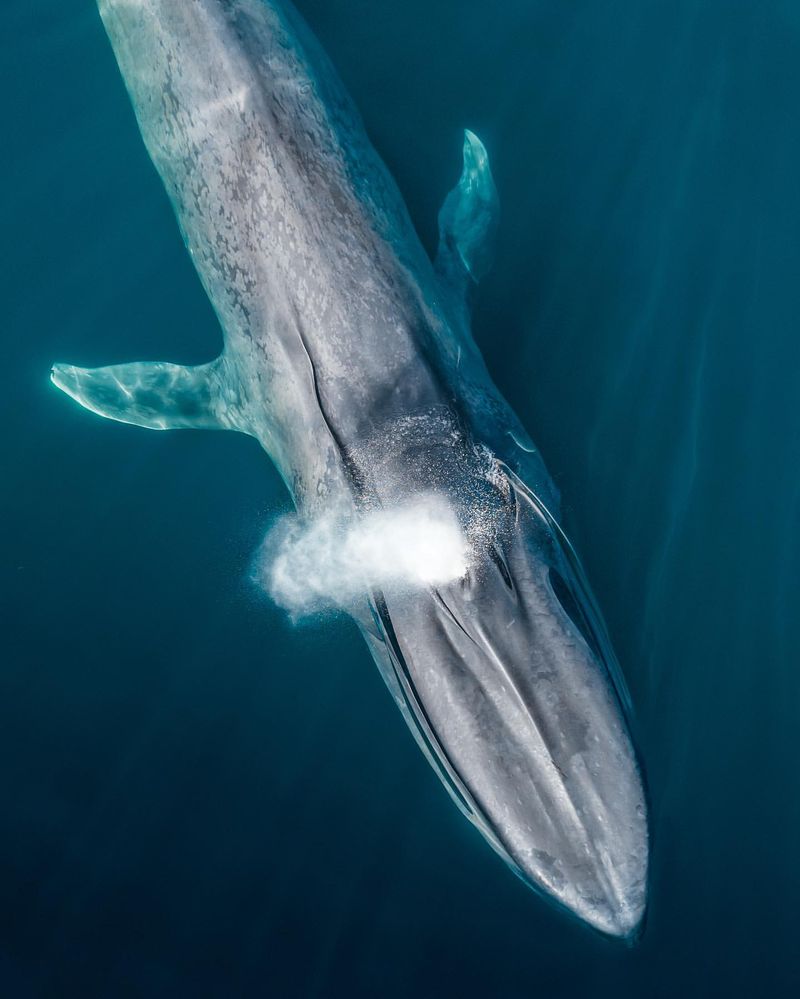
The blue whale, the largest animal to have ever existed, glides through the ocean with grace and power. Despite their size, these gentle giants face threats from ship collisions and climate change. Their presence is vital for ocean health.
Blue whales contribute to the marine ecosystem by aiding in nutrient distribution. Their decline would have far-reaching effects, impacting the food chain and ocean dynamics. Conservation efforts focus on protecting their habitats and ensuring safe migration routes.
By supporting marine conservation initiatives and advocating for ocean protection policies, individuals can help ensure blue whales continue to roam the seas. Their majestic presence is a reminder of the wonders of the natural world.

